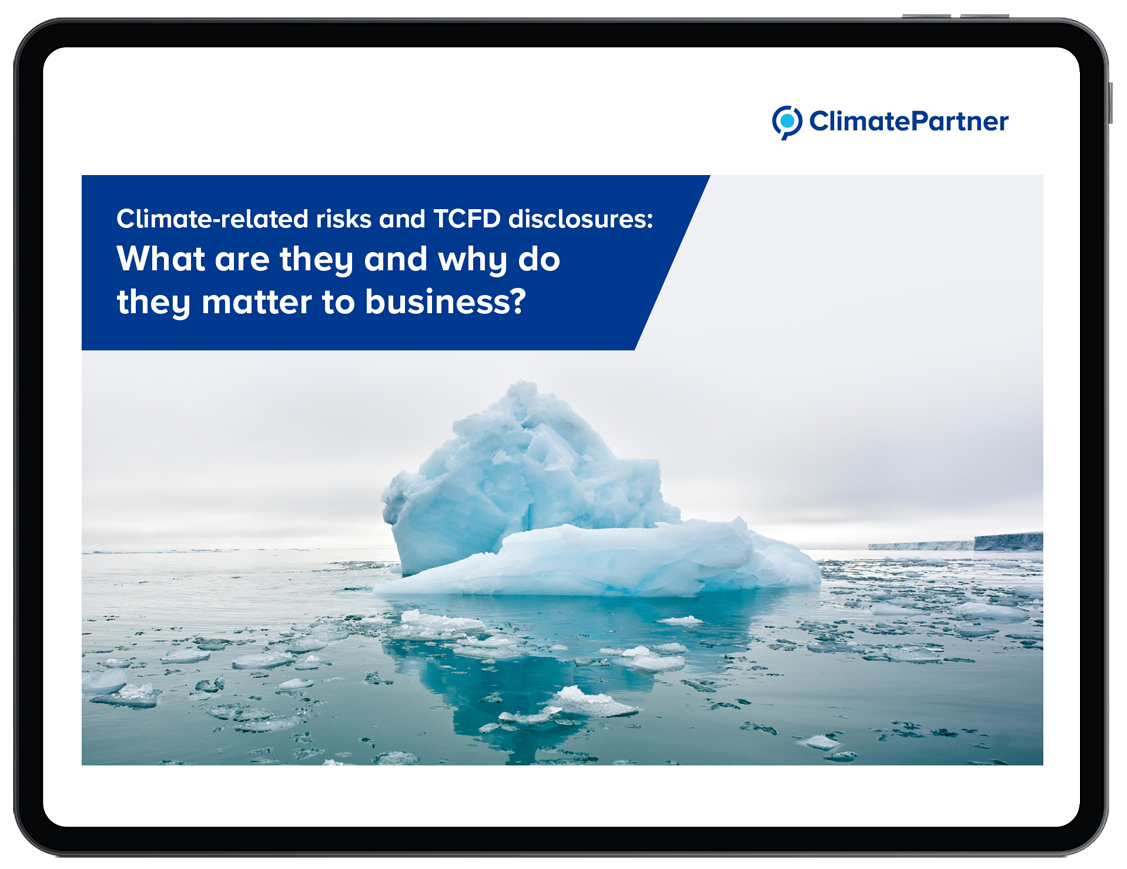Task Force on Climate-related Financial Disclosures (TCFD)
What is the TCFD reporting?
The Task Force on Climate-related Financial Disclosures (TCFD) was an initiative established in 2015 by the Financial Stability Board (FSB) to develop a voluntary and consistent framework for disclosing climate-related financial risks and opportunities.
The aim was to provide investors, lenders, insurers, and other stakeholders with clear, comparable, and consistent information to assess and price climate-related risks and opportunities.
The IFRS Foundation has fully integrated the TCFD recommendations into the International Sustainability Standards Board (ISSB) Standards, specifically, IFRS S1 General Requirements for Disclosure of Sustainability-related Financial Information and IFRS S2 Climate-related Disclosures.
As a result, the Financial Stability Board (FSB) announced in July 2023 that the TCFD’s work had been completed, and the task force was formally disbanded in October 2023. Companies can continue to use the TCFD recommendations, which are still referenced by many existing and emerging regulations.
TCFD framework and recommendations
The TCFD framework is structured around four pillars that represent core elements of how organisations operate:
- Governance: Disclose the organisation's governance around climate-related risks and opportunities.
- Strategy: Disclose the actual and potential impacts of climate-related risks and opportunities on the organisation's businesses, strategy, and financial planning.
- Risk management: Disclose how the organisation identifies, assesses, and manages climate-related risks.
- Metrics and targets: Disclose the metrics and targets used to assess and manage relevant climate-related risks and opportunities.
Within these pillars, there are 11 recommended disclosures designed to solicit decision-useful, forward-looking information that can be included in mainstream financial filings.
Climate risks: Physical and transition
Understanding climate-related risks is crucial for effective TCFD reporting:
- Physical risks: Extreme weather events (e.g., hurricanes, floods) and chronic risks such as rising sea levels and long-term shifts in climate patterns that can impact infrastructure, supply chains, and operations.
- Transition risks: These arise from the process of adjusting to a low-carbon economy and include policy and legal risks (e.g., carbon pricing), technological changes, market shifts, and reputational impacts.
TCFD scenario analysis
Scenario analysis involves evaluating the potential business implications of climate-related risks and opportunities under different plausible future conditions. This approach helps organisations understand the resilience of their strategies and operations in the face of climate change.
TCFD reporting requirements
While the TCFD recommendations were initially voluntary, several jurisdictions have moved towards mandatory climate-related disclosures aligned with the TCFD framework:
- United Kingdom: As of 2022, TCFD-aligned disclosures are mandatory for certain companies, including listed companies, banks, and insurers.
- European Union: The Corporate Sustainability Reporting Directive (CSRD) incorporates TCFD principles, requiring large companies to disclose climate-related information.
- United States: The California Climate-Related Financial Risk Act requires companies with over $500 million in annual revenue that do business in California to publicly disclose their climate-related financial risks and mitigation strategies, aligned with the TCFD framework, by January 1, 2026.
Benefits of TCFD disclosures
Implementing the TCFD recommendations offers several advantages:
- Enhanced risk management: Identifying and assessing climate-related risks allows for better strategic planning and risk mitigation across a company’s operations and supply chain.
- Investor confidence: Transparent disclosures can improve access to capital by meeting investor demands for climate-related information.
- Competitive advantage: Demonstrating proactive climate risk management can enhance reputation and stakeholder trust.
- Regulatory compliance: Aligning with TCFD recommendations prepares organisations for current and future regulatory requirements.
Take action on climate risk today
Need to navigate TCFD reporting or assess climate-related risks? ClimatePartner offers expert workshops, scenario analysis, and disclosure support to help you align with TCFD and stay ahead of regulatory expectations.
